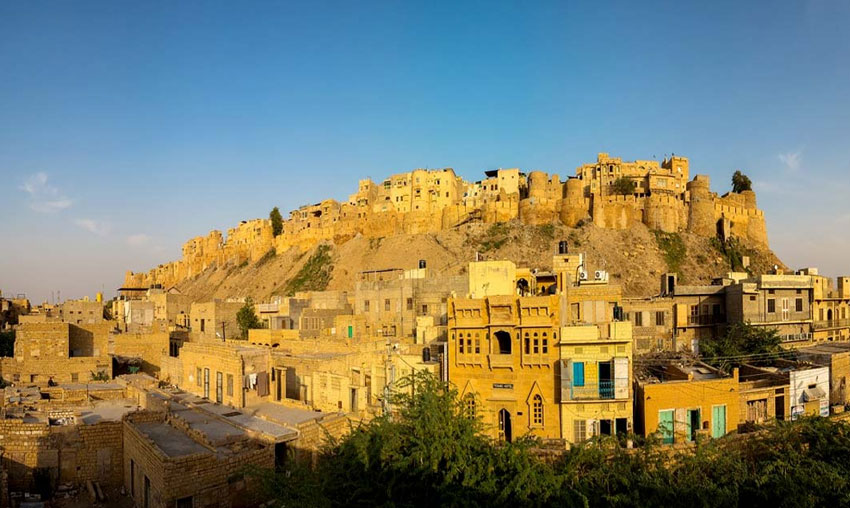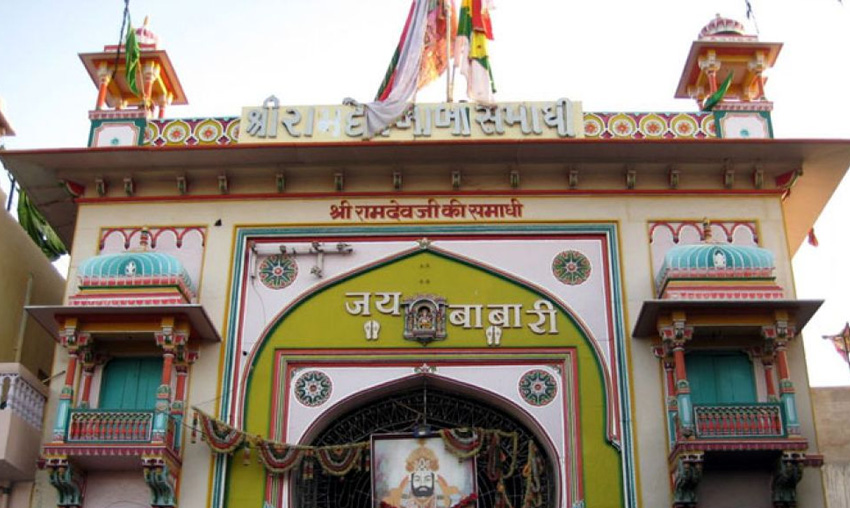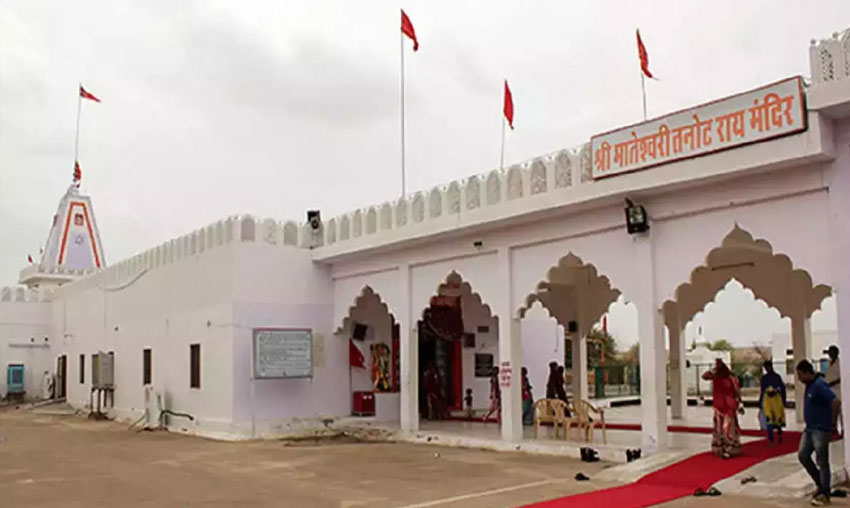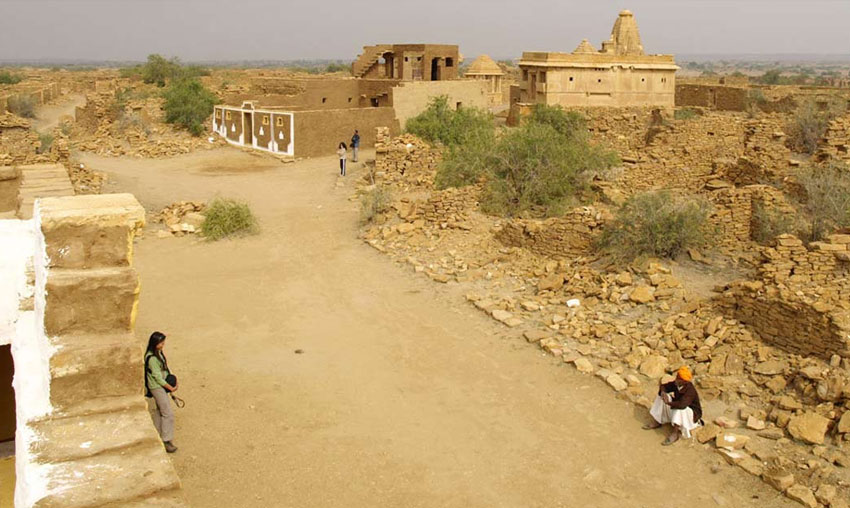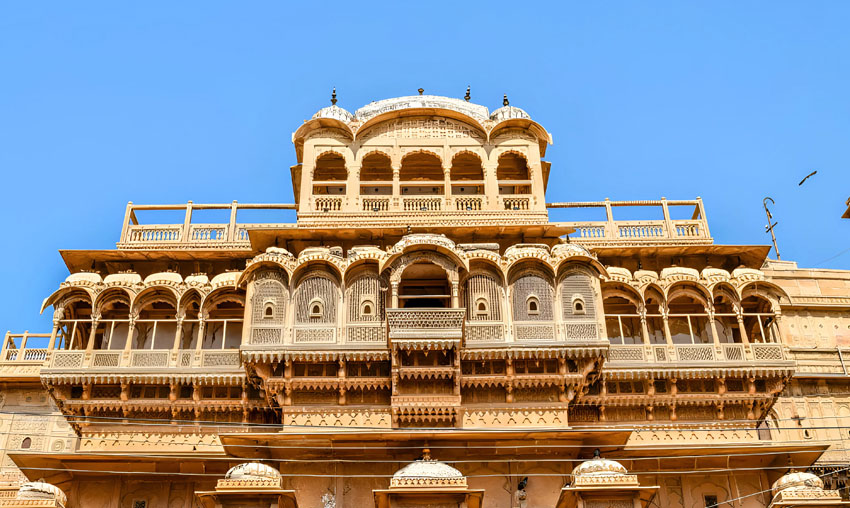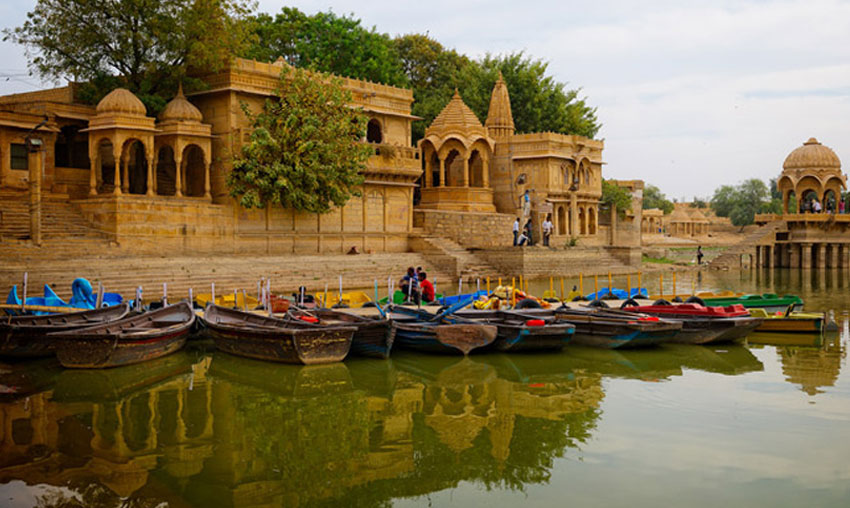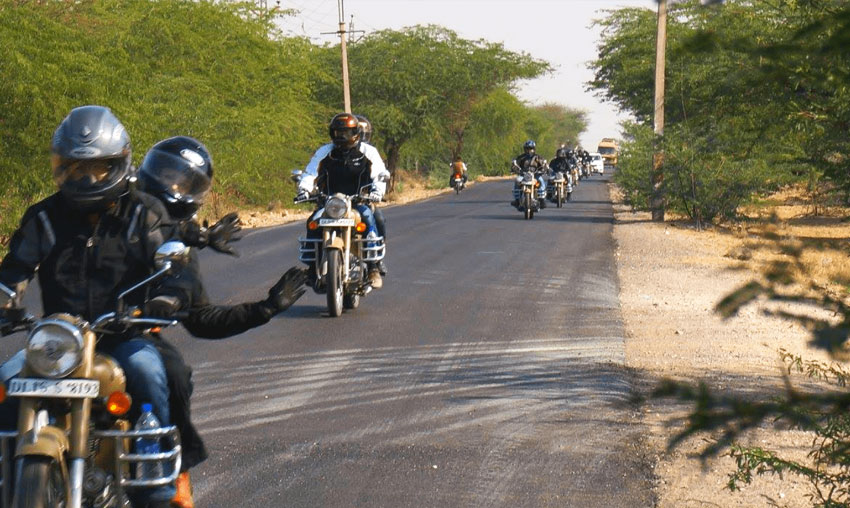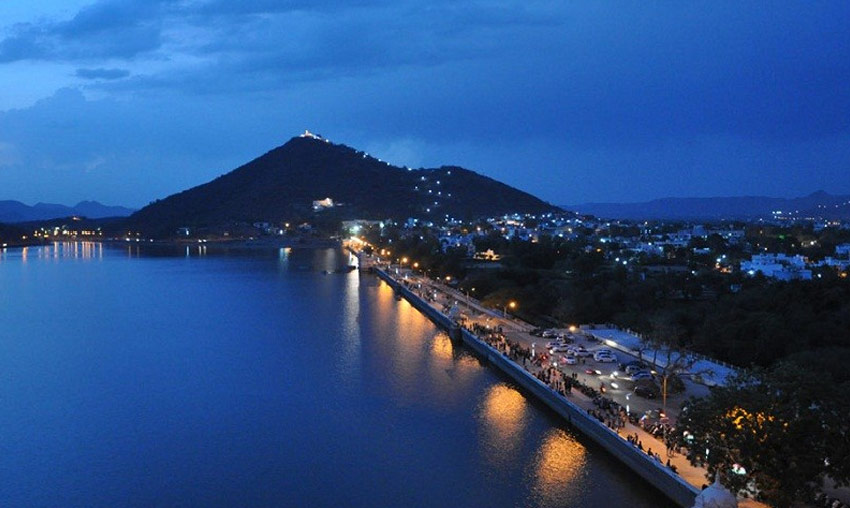Jaisalmer Fort (Entry Fee, Timings, History, Built by, Images & Location)
India is renowned for having a long history, and the Jaisalmer Fort is a striking example of the opulence of bygone eras. Jaisalmer, the Golden City of Rajasthan, is dominated by the Fort.
You may relive the many historical events that the fort saw over the course of centuries by strolling through it. The Jaisalmer Fort is frequently referred to as Sonar Kella, which translates to “the Golden Fort,” since the release of the well-known Indian film Sonar Kella, which was helmed by Oscar-winning director Satyajit Ray.
History of Jaisalmer Fort
The Jaisalmer Fort is a representation of ultimate power. When Rajput king Rawal Jaisal chose Jaisalmer as his new city, he constructed the Fort in 1156.
Prior to being a well-known tourist destination in Rajasthan, it was a key location for the ongoing conflict between India and Pakistan between 1965 and 1971.
Stepping back in time, you will discover that India was ruled by the British Raj before to its independence. Gaj Singh, Mulraj’s grandson who had a pact with the East Indian Company, gave up his position of leadership.
Before Maharawal Mulraj took over the fort, the Jaisalmer Fort belonged to the Mughals. Rawal Lunakaran lost the fort to the Mughal emperor Humayun. To keep things amicable, Rawal Lunakaran offered Humayun’s son Akbar his daughter in marriage.
During Rawal Lunakaran’s rule, the fort saw a terrible catastrophe when Afghan Chief Amir Ali attacked it. With time running out to commit Jauhar, Rawal Lunakaran sacrificed the women of his realm when he recognised he would lose to a shortage of reinforcements. Sadly, reinforcements didn’t come until after the deed was completed.
The fort also survived another attack by Alauddin Khalji of the Delhi Sultanate during the rule of Rawal Jait Singh I. He and his men lost the battle against the Sultan’s forces while the women committed Jauhar.
Architecture of Jaisalmer Fort
The structure of the Jaisalmer Fort is attractive and has a honeycomb-like design. The materials are yellow sandstone. The dimensions of the fort are 1500 feet long by 750 feet wide by 250 feet high.
The outermost defence system of the fort consists of a tall wall shaped like a ring at its base, giving the court a threefold architecture of defence.
Four enormous gateways guard resident quarters and temples within the fort. The Hawa Pole, Akshay Pole, Suraj Pole, and Ganesha Pole are the names of the magnificent entrances. All of their pathways, which narrow and zigzag, lead to the fortress.
Within the fort, seven Jain temples were constructed between the 12th and the 16th centuries. Askaran Chopra constructed one temple among them, which was devoted to Sambhavanatha. The temple houses around 600 idols and a collection of old texts.
The goddess Laxmi and the god Vishnu are revered in the Laxminath temple. The Ashtapadh temple, constructed by Chopra Panchaji, is an additional temple that is well worth seeing.
Many Havelis are included in the fort; the family still resides in the majority of them. The Vyas Haveli is one such notable haveli. Still inhabited by members of the same family, it was built in the fifteenth century. Another is the Shree Nath Palace, which formerly granted the Jaisalmer premier asylum. The Raj Mahal Palace originally housed Maharawal of Jaisalmer.
The fort is still both historical and modern. While the populace locates it in the present, the architecture places it in the past.
Tips to visit Jaisalmer Fort
- Situated deep among the desert sits the Jaisalmer fort. As a result, the summertime high reaches 50 °C, while the wintertime low is 25 °C. It’s advisable to pack light-colored clothing and have an ample supply of beverages during the summer.
- A must-see sight should be the sunset at Jaisalmer Fort. Experiencing the various tones of yellow beyond a painting is an uncommon chance in life.
- The Jaisalmer fort’s graceful architecture grabs the eye. The entire journey across the fort can take up to two hours, therefore comfortable shoes are a necessary because of the intricate architecture of the fort.
Facts and tips about Jaisalmer Fort
- The Jaisalmer Fort is special since it is one of only two in the world where people can stay for free for an extended period of time; this makes it the only “living” fort in India. The Carcassonne Fortress in France is the other fort.
- The Jaisalmer Fort is hidden in the yellow desert of India’s Great Thar Desert because to the honey-gold tint that the walls of yellow sandstone give off.
- The Jaisalmer Fort, one of Rajasthan’s hill forts along with five others, was inducted into the World Heritage List by UNESCO in 2013.
Jaisalmer Fort Entry Fee
- 50 per person for Indians
- 250 per person for Foreigners
- 50 for Camera Fee
- 100 for Video Camera
Other attractions near Jaisalmer Fort
- Patwon ki Haveli – 450m
- Gadisar Lake (Gadi Sagar Tank) – 2.0 km
- Thar Desert (Sam Sand Dunes) – 40 km
